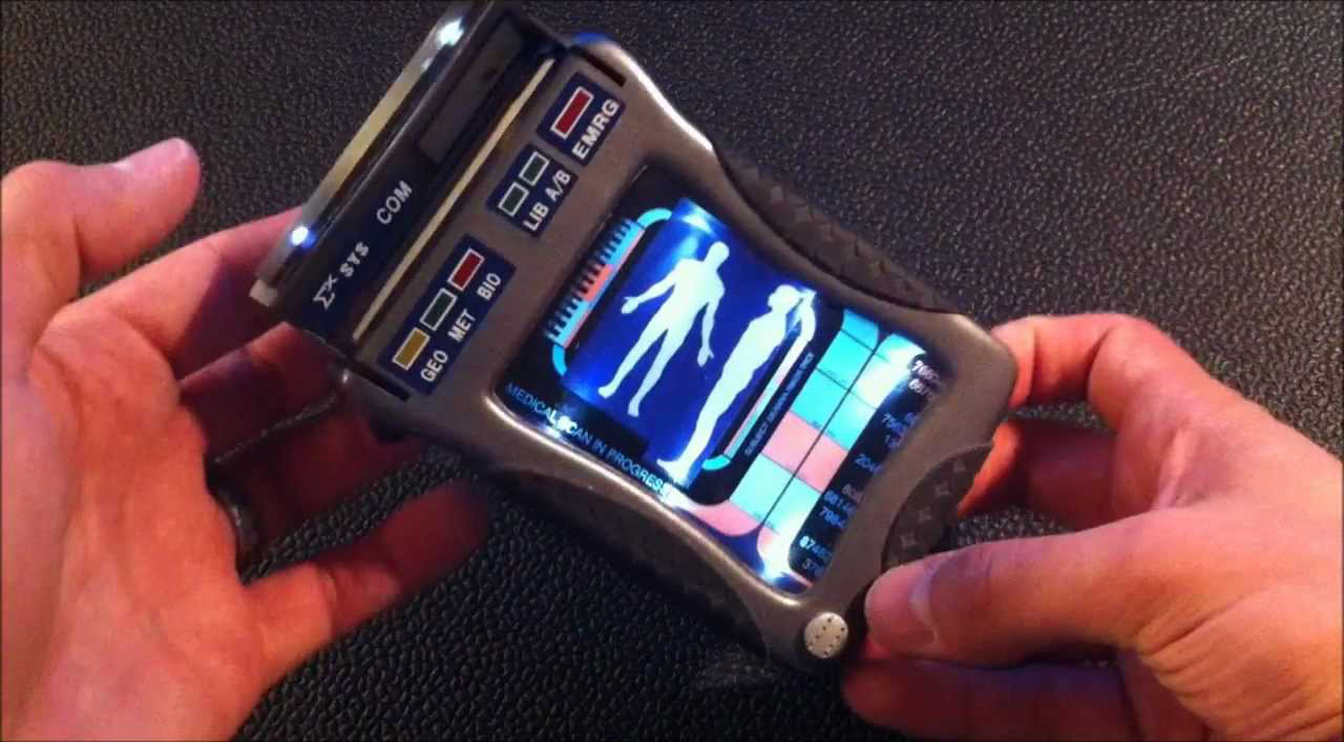

News
Mars travelers can use ‘Star Trek’ Tricorder-like features using smartphone biotech: study
Plans to take humans to the Moon and Mars come with numerous challenges, and the health of space travelers is no exception. One of the ways any ill-effects can be prevented or mitigated is by detecting relevant changes in the body and the body’s surroundings, something that biosensor technology is specifically designed to address on Earth. However, the small size and weight requirements for tech used in the limited habitats of astronauts has impeded its development to date.
A recent study of existing smartphone-based biosensors by scientists from Queen’s University Belfast (QUB) in the UK identified several candidates under current use or development that could be also used in a space or Martian environment. When combined, the technology could provide functionality reminiscent of the “Tricorder” devices used for medical assessments in the Star Trek television and movie franchises, providing on-site information about the health of human space travelers and biological risks present in their habitats.
Biosensors focus on studying biomarkers, i.e., the body’s response to environmental conditions. For example, changes in blood composition, elevations of certain molecules in urine, heart rate increases or decreases, and so forth, are all considered biomarkers. Health and fitness apps tracking general health biomarkers have become common in the marketplace with brands like FitBit leading the charge for overall wellness sensing by tracking sleep patterns, heart rate, and activity levels using wearable biosensors. Astronauts and other future space travelers could likely use this kind of tech for basic health monitoring, but there are other challenges that need to be addressed in a compact way.
The projected human health needs during spaceflight have been detailed by NASA on its Human Research Program website, more specifically so in its web-based Human Research Roadmap (HRR) where the agency has its scientific data published for public review. Several hazards of human spaceflight are identified, such as environmental and mental health concerns, and the QUB scientists used that information to organize their study. Their research produced a 20-page document reviewing the specific inner workings of the relevant devices found in their searches, complete with tables summarizing each device’s methods and suitability for use in space missions. Here are some of the highlights.
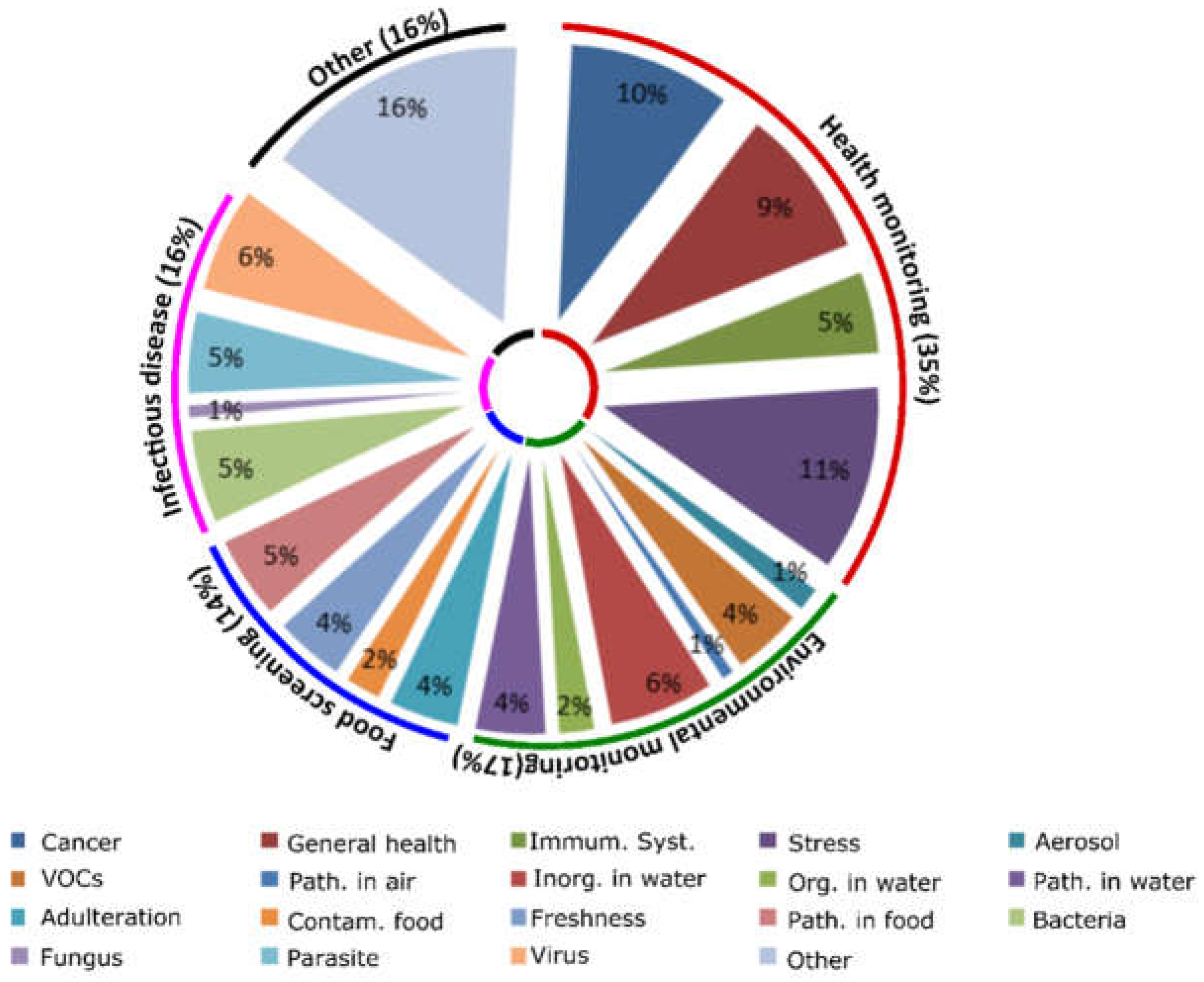
Risks in the Spacecraft Environment
During spaceflight, the environment is a closed system that has a two-fold effect: One, the immune system has been shown to decrease its functionality in long-duration missions, specifically by lowering white blood cell counts, and two, the weightless and non-competitive environment make it easier for microbes to transfer between humans and their growth rates increase. In one space shuttle era study, the number of microbial cells in the vehicle able to reproduce increased by 300% within 12 days of being in orbit. Also, certain herpes viruses, such as those responsible for chickenpox and mononucleosis, have been reactivated under microgravity, although the astronauts typically didn’t show symptoms despite the presence of active viral shedding (the virus had surfaced and was able to spread).
Frequent monitoring of the spacecraft environment and the crew’s biomarkers is the best way to mitigate these challenges, and NASA is addressing these issues to an extent with traditional instruments and equipment to collect data, although often times the data cannot be processed until the experiments are returned to Earth. An attempt has also been made to rapidly quantify microorganisms aboard the International Space Station (ISS) via a handheld device called the Lab-on-a-Chip Application Development-Portable Test System (LOCAD-PTS). However, this device cannot distinguish between microorganism species yet, meaning it can’t tell the difference between pathogens and harmless species. The QUB study found several existing smartphone-based technologies generally developed for use in remote medical care facilities that could achieve better identification results.
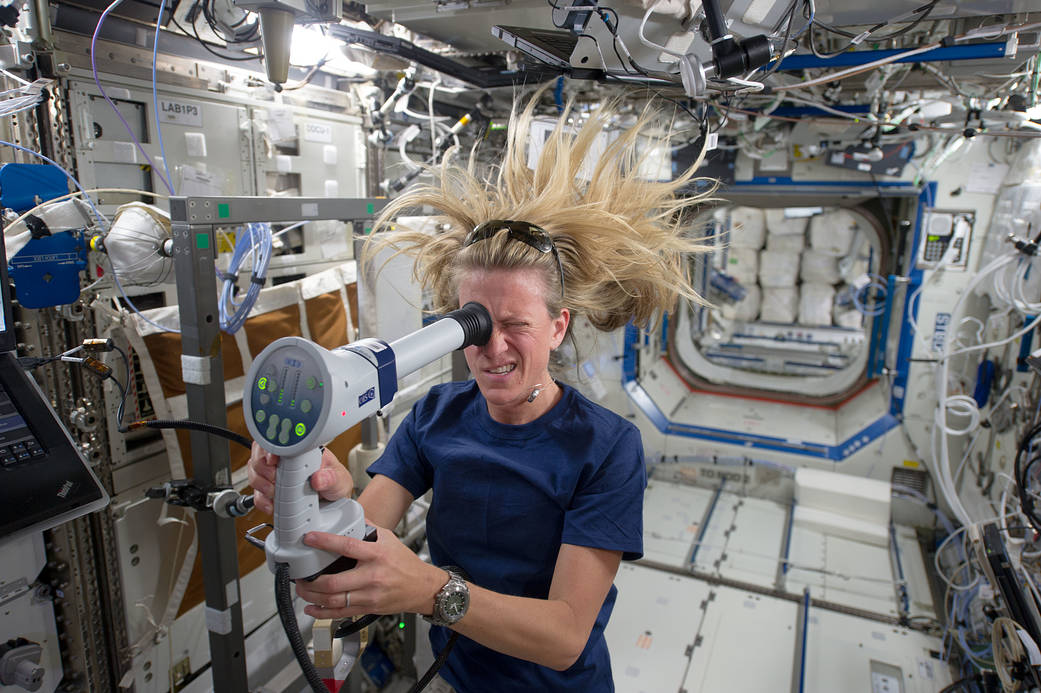
One of the devices described was a spectrometer (used to identify substances based on the light frequency emitted) which used the smartphone’s flashlight and camera to generate data that was at least as accurate as traditional instruments. Another was able to identify concentrations of an artificial growth hormone injected into cows called recominant bovine somatrotropin (rBST) in test samples, and other systems were able to accurately detect cyphilis and HIV as well as the zika, chikungunya, and dengue viruses. All of the devices used smartphone attachments, some of them with 3D-printed parts. Of course, the types of pathogens detected are not likely to be common in a closed space habitat, but the technology driving them could be modified to meet specific detection needs.
The Stress of Spaceflight
A group of people crammed together in a small space for long periods of time will be impacted by the situation despite any amount of careful selection or training due to the isolation and confinement. Declines in mood, cognition, morale, or interpersonal interaction can impact team functioning or transition into a sleep disorder. On Earth, these stress responses may seem common, or perhaps an expected part of being human, but missions in deep space and on Mars will be demanding and need fully alert, well-communicating teams to succeed. NASA already uses devices to monitor these risks while also addressing the stress factor by managing habitat lighting, crew movement and sleep amounts, and recommending astronauts keep journals to vent as needed. However, an all-encompassing tool may be needed for longer-duration space travels.
As recognized by the QUB study, several “mindfulness” and self-help apps already exist in the market and could be utilized to address the stress factor in future astronauts when combined with general health monitors. For example, the popular FitBit app and similar products collect data on sleep patterns, activity levels, and heart rates which could potentially be linked to other mental health apps that could recommend self-help programs using algorithms. The more recent “BeWell” app monitors physical activity, sleep patterns, and social interactions to analyze stress levels and recommend self-help treatments. Other apps use voice patterns and general phone communication data to assess stress levels such as “StressSense” and “MoodSense”.

Advances in smartphone technology such as high resolution cameras, microphones, fast processing speed, wireless connectivity, and the ability to attach external devices provide tools that can be used for an expanding number of “portable lab” type functionalities. Unfortunately, though, despite the possibilities that these biosensors could mean for human spaceflight needs, there are notable limitations that would need to be overcome in some of the devices. In particular, any device utilizing antibodies or enzymes in its testing would risk the stability of its instruments thanks to radiation from galactic cosmic rays and solar particle events. Biosensor electronics might also be damaged by these things as well. Development of new types of shielding may be necessary to ensure their functionality outside of Earth and Earth orbit or, alternatively, synthetic biology could also be a source of testing elements genetically engineered to withstand the space and Martian environments.
The interest in smartphone-based solutions for space travelers has been garnering more attention over the years as tech-centric societies have moved in the “app” direction overall. NASA itself has hosted a “Space Apps Challenge” for the last 8 years, drawing thousands of participants to submit programs that interpret and visualize data for greater understanding of designated space and science topics. Some of the challenges could be directly relevant to the biosensor field. For example, in the 2018 event, contestants are asked to develop a sensor to be used by humans on Mars to observe and measure variables in their environments; in 2017, contestants created visualizations of potential radiation exposure during polar or near-polar flight.
While the QUB study implied that the combination of existing biosensor technology could be equivalent to a Tricorder, the direct development of such a device has been the subject of its own specific challenge. In 2012, the Qualcomm Tricorder XPRIZE competition was launched, asking competitors to develop a user-friendly device that could accurately diagnose 13 health conditions and capture 5 real-time health vital signs. The winner of the prize awarded in 2017 was Pennsylvania-based family team called Final Frontier Medical Devices, now Basil Leaf Technologies, for their DxtER device. According to their website, the sensors inside DxtER can be used independently, one of which is in a Phase 1 Clinical Trial. The second place winner of the competition used a smartphone app to connect its health testing modules and generate a diagnosis from the data acquired from the user.
The march continues to develop the technology humans will need to safely explore regions beyond Earth orbit. Space is hard, but it was hard before we went there the first time, and it was hard before we put humans on the moon. There may be plenty of challenges to overcome, but as the Queen’s University Belfast study demonstrates, we may already be solving them. It’s just a matter of realizing it and expanding on it.
News
Tesla cleared in Canada EV rebate investigation
Tesla has been cleared in an investigation into the company’s staggering number of EV rebate claims in Canada in January.
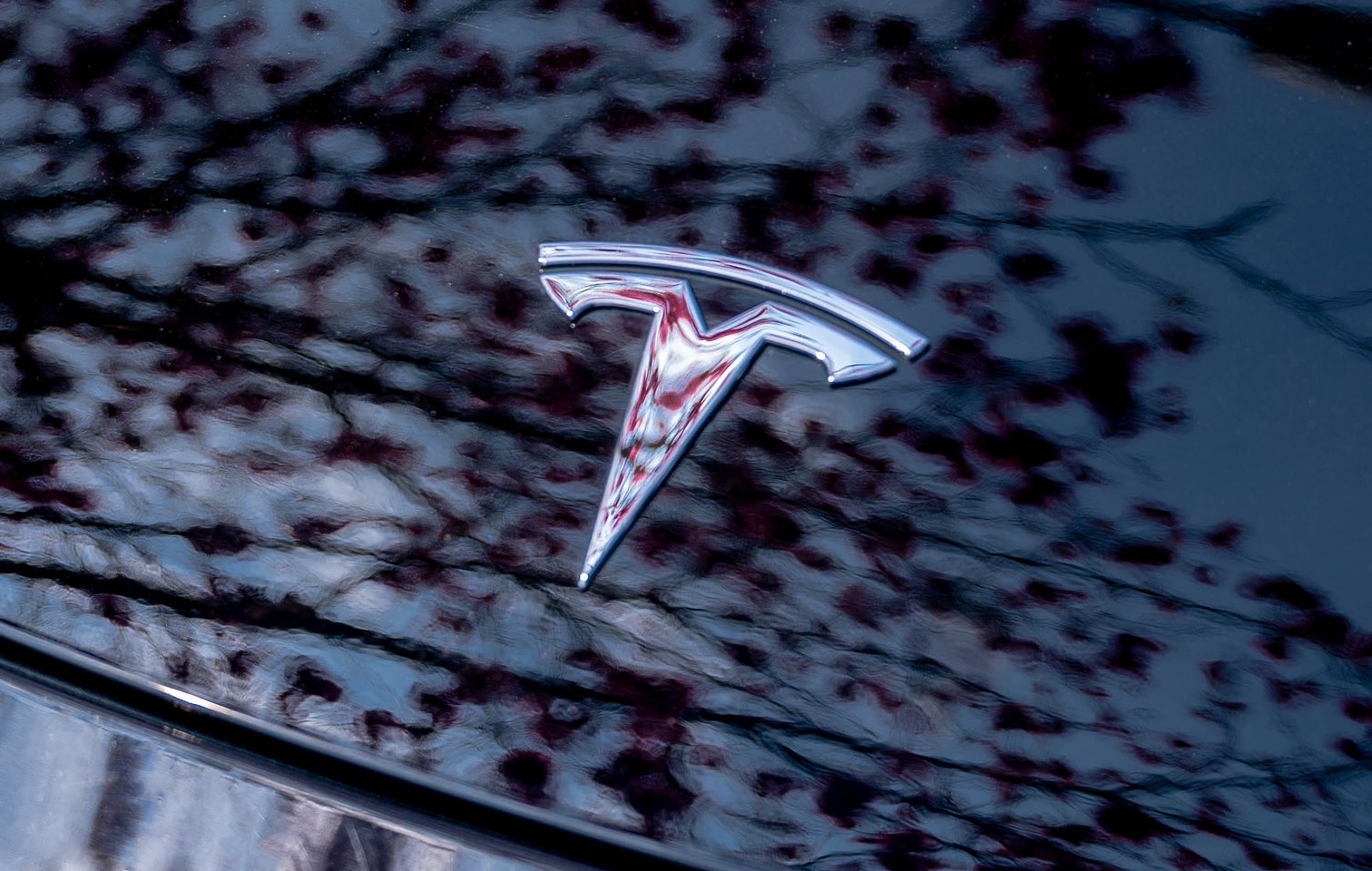
Canadian officials have cleared Tesla following an investigation into a large number of claims submitted to the country’s electric vehicle (EV) rebates earlier this year.
Transport Canada has ruled that there was no evidence of fraud after Tesla submitted 8,653 EV rebate claims for the country’s Incentives for Zero-Emission Vehicles (iZEV) program, as detailed in a report on Friday from The Globe and Mail. Despite the huge number of claims, Canadian authorities have found that the figure represented vehicles that had been delivered prior to the submission deadline for the program.
According to Transport Minister Chrystia Freeland, the claims “were determined to legitimately represent cars sold before January 12,” which was the final day for OEMs to submit these claims before the government suspended the program.
Upon initial reporting of the Tesla claims submitted in January, it was estimated that they were valued at around $43 million. In March, Freeland and Transport Canada opened the investigation into Tesla, noting that they would be freezing the rebate payments until the claims were found to be valid.
READ MORE ON ELECTRIC VEHICLES: EVs getting cleaner more quickly than expected in Europe: study
Huw Williams, Canadian Automobile Dealers Association Public Affairs Director, accepted the results of the investigation, while also questioning how Tesla knew to submit the claims that weekend, just before the program ran out.
“I think there’s a larger question as to how Tesla knew to run those through on that weekend,” Williams said. “It doesn’t appear to me that we have an investigation into any communication between Transport Canada and Tesla, between officials who may have shared information inappropriately.”
Tesla sales have been down in Canada for the first half of this year, amidst turmoil between the country and the Trump administration’s tariffs. Although Elon Musk has since stepped back from his role with the administration, a number of companies and officials in Canada were calling for a boycott of Tesla’s vehicles earlier this year, due in part to his association with Trump.
News
Tesla Semis to get 18 new Megachargers at this PepsiCo plant
PepsiCo is set to add more Tesla Semi Megachargers, this time at a facility in North Carolina.
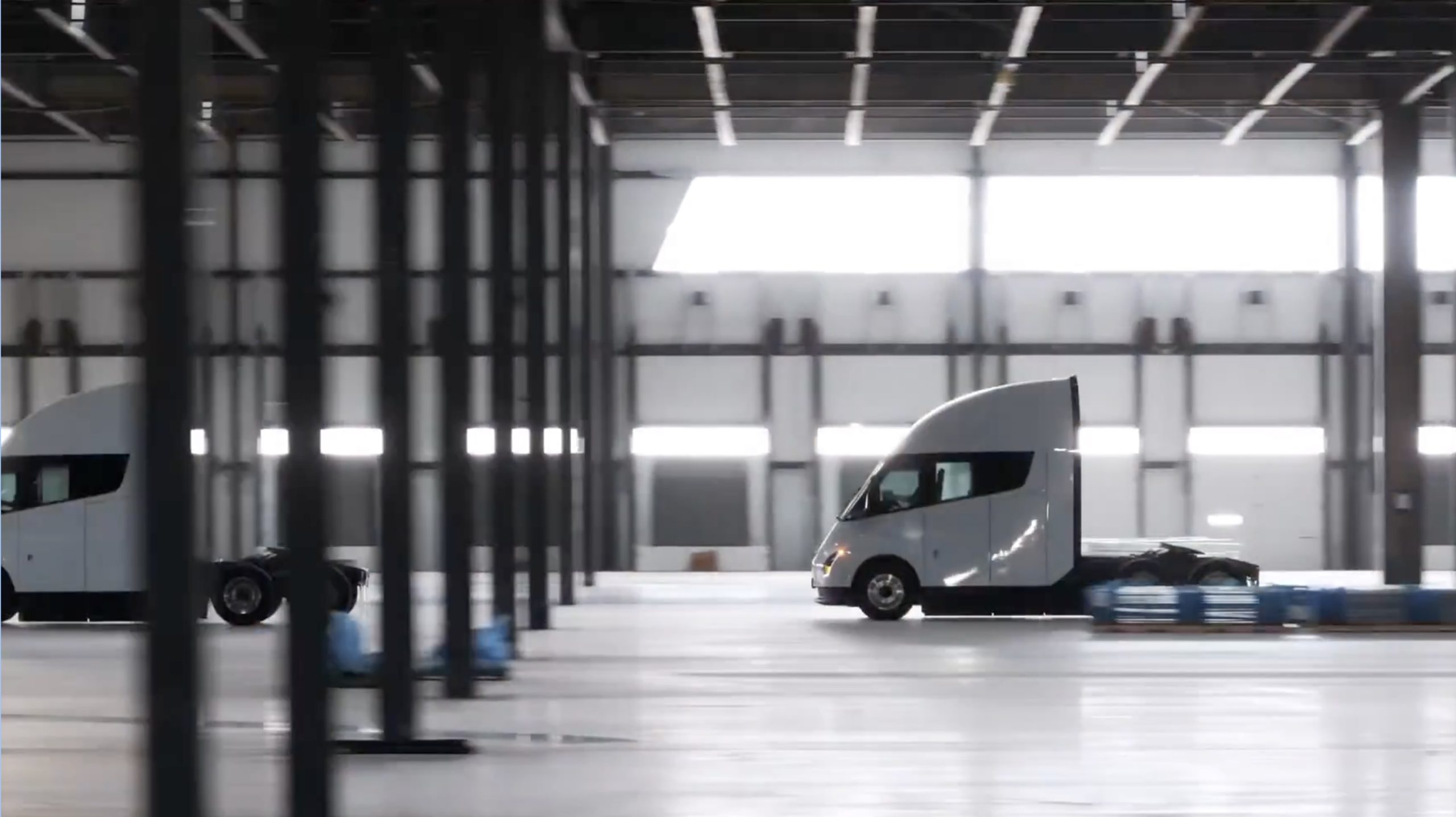
Tesla partner PepsiCo is set to build new Semi charging stations at one of its manufacturing sites, as revealed in new permitting plans shared this week.
On Friday, Tesla charging station scout MarcoRP shared plans on X for 18 Semi Megacharging stalls at PepsiCo’s facility in Charlotte, North Carolina, coming as the latest update plans for the company’s increasingly electrified fleet. The stalls are set to be built side by side, along with three Tesla Megapack grid-scale battery systems.
The plans also note the faster charging speeds for the chargers, which can charge the Class 8 Semi at speeds of up to 1MW. Tesla says that the speed can charge the Semi back to roughly 70 percent in around 30 minutes.
You can see the site plans for the PepsiCo North Carolina Megacharger below.
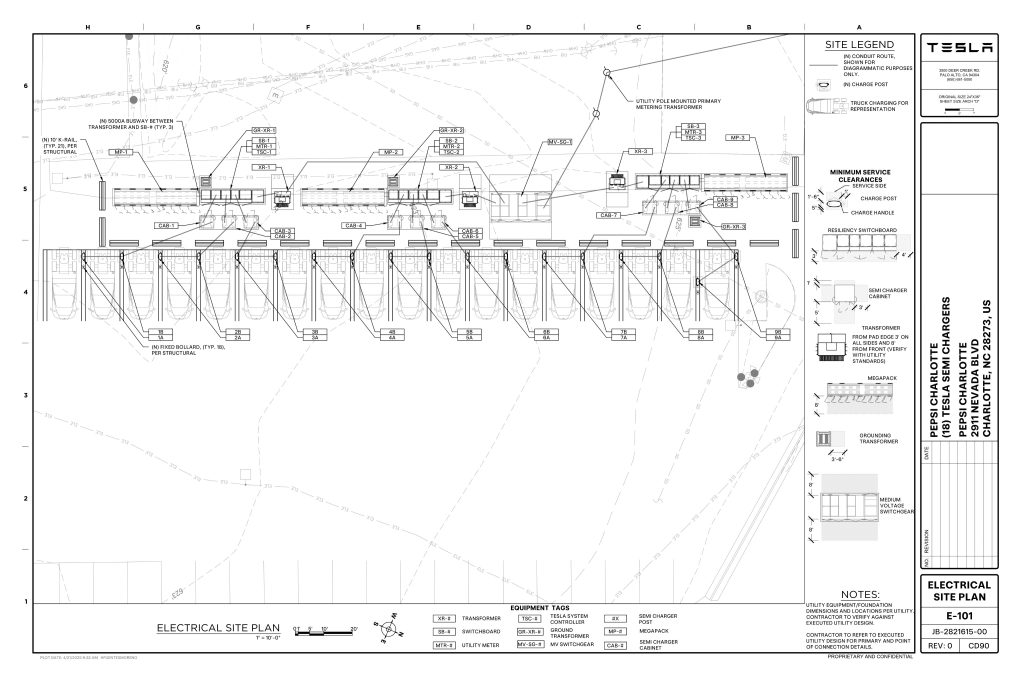
Credit: PepsiCo (via MarcoRPi1 on X)
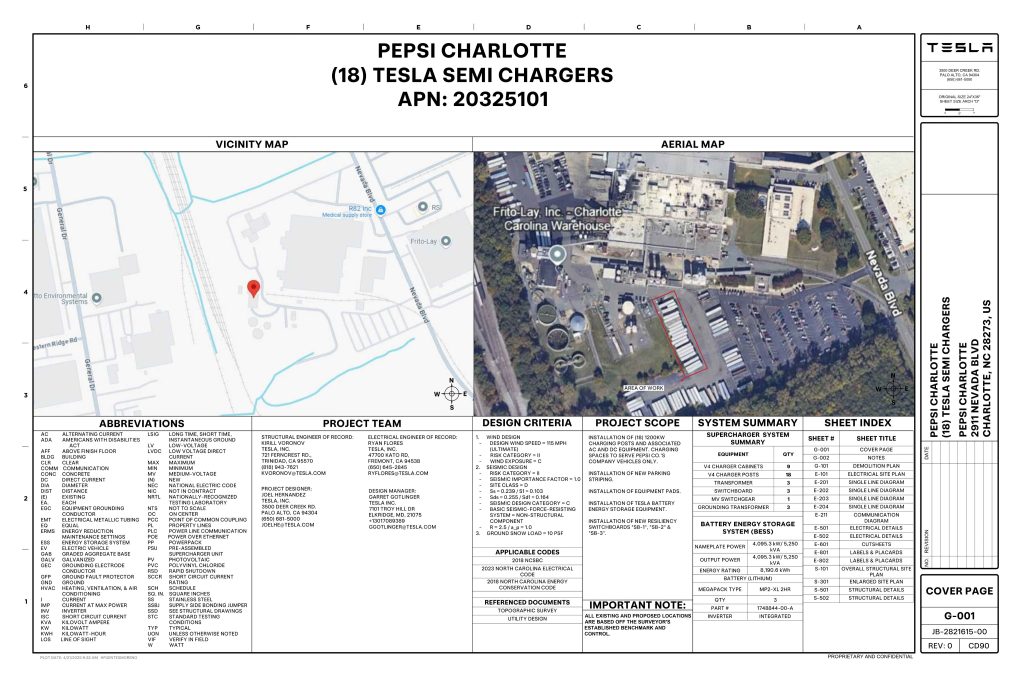
Credit: PepsiCo (via MarcoRPi1 on X)
READ MORE ON THE TESLA SEMI: Tesla to build Semi Megacharger station in Southern California
PepsiCo’s Tesla Semi fleet, other Megachargers, and initial tests and deliveries
PepsiCo was the first external customer to take delivery of Tesla’s Semis back in 2023, starting with just an initial order of 15. Since then, the company has continued to expand the fleet, recently taking delivery of an additional 50 units in California. The PepsiCo fleet was up to around 86 units as of last year, according to statements from Semi Senior Manager Dan Priestley.
Additionally, the company has similar Megachargers at its facilities in Modesto, Sacramento, and Fresno, California, and Tesla also submitted plans for approval to build 12 new Megacharging stalls in Los Angeles County.
Over the past couple of years, Tesla has also been delivering the electric Class 8 units to a number of other companies for pilot programs, and Priestley shared some results from PepsiCo’s initial Semi tests last year. Notably, the executive spoke with a handful of PepsiCo workers who said they really liked the Semi and wouldn’t plan on going back to diesel trucks.
The company is also nearing completion of a higher-volume Semi plant at its Gigafactory in Nevada, which is expected to eventually have an annual production capacity of 50,000 Semi units.
Tesla executive teases plan to further electrify supply chain
News
Tesla sales soar in Norway with new Model Y leading the charge
Tesla recorded a 54% year-over-year jump in new vehicle registrations in June.

Tesla is seeing strong momentum in Norway, with sales of the new Model Y helping the company maintain dominance in one of the world’s most electric vehicle-friendly markets.
Model Y upgrades and consumer preferences
According to the Norwegian Road Federation (OFV), Tesla recorded a 54% year-over-year jump in new vehicle registrations in June. The Model Y led the charge, posting a 115% increase compared to the same period last year. Tesla Norway’s growth was even more notable in May, with sales surging a whopping 213%, as noted in a CNBC report.
Christina Bu, secretary general of the Norwegian EV Association (NEVA), stated that Tesla’s strong market performance was partly due to the updated Model Y, which is really just a good car, period.
“I think it just has to do with the fact that they deliver a car which has quite a lot of value for money and is what Norwegians need. What Norwegians need, a large luggage space, all wheel drive, and a tow hitch, high ground clearance as well. In addition, quite good digital solutions which people have gotten used to, and also a charging network,” she said.
Tesla in Europe
Tesla’s success in Norway is supported by long-standing government incentives for EV adoption, including exemptions from VAT, road toll discounts, and access to bus lanes. Public and home charging infrastructure is also widely available, making the EV ownership experience in the country very convenient.
Tesla’s performance in Europe is still a mixed bag, with markets like Germany and France still seeing declines in recent months. In areas such as Norway, Spain, and Portugal, however, Tesla’s new car registrations are rising. Spain’s sales rose 61% and Portugal’s sales rose 7% last month. This suggests that regional demand may be stabilizing or rebounding in pockets of Europe.
-

 Elon Musk2 weeks ago
Elon Musk2 weeks agoTesla investors will be shocked by Jim Cramer’s latest assessment
-

 Elon Musk2 days ago
Elon Musk2 days agoxAI launches Grok 4 with new $300/month SuperGrok Heavy subscription
-

 Elon Musk4 days ago
Elon Musk4 days agoElon Musk confirms Grok 4 launch on July 9 with livestream event
-

 News1 week ago
News1 week agoTesla Model 3 ranks as the safest new car in Europe for 2025, per Euro NCAP tests
-

 Elon Musk2 weeks ago
Elon Musk2 weeks agoA Tesla just delivered itself to a customer autonomously, Elon Musk confirms
-

 Elon Musk1 week ago
Elon Musk1 week agoxAI’s Memphis data center receives air permit despite community criticism
-

 News2 weeks ago
News2 weeks agoXiaomi CEO congratulates Tesla on first FSD delivery: “We have to continue learning!”
-

 News2 weeks ago
News2 weeks agoTesla sees explosive sales growth in UK, Spain, and Netherlands in June



















